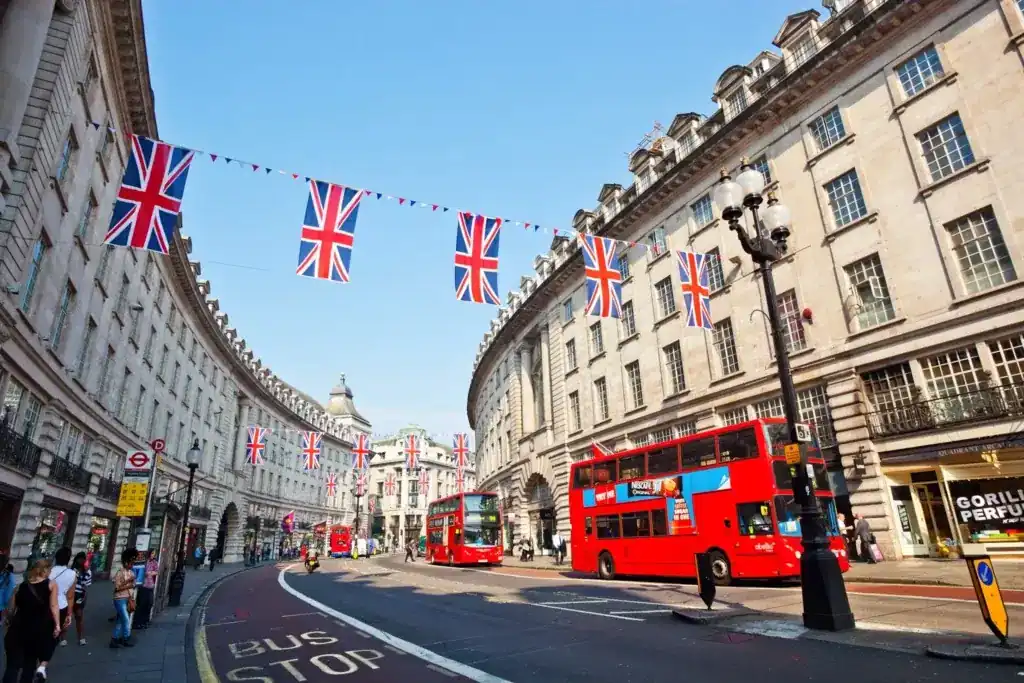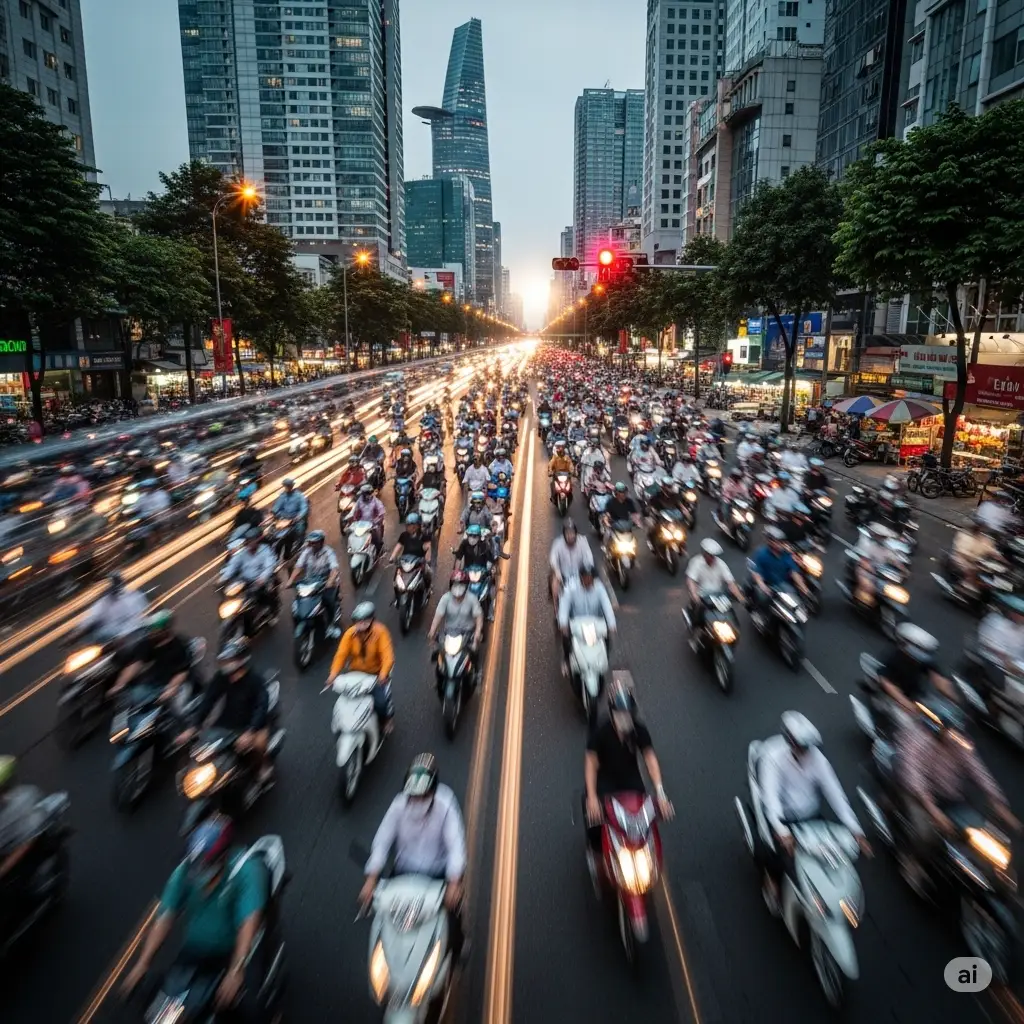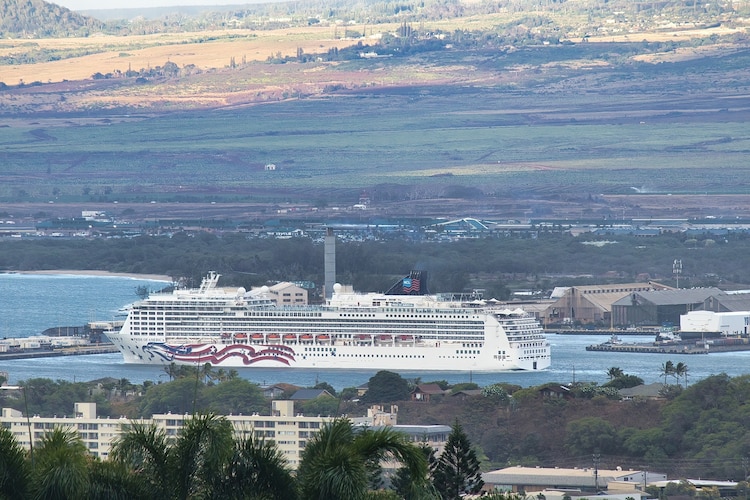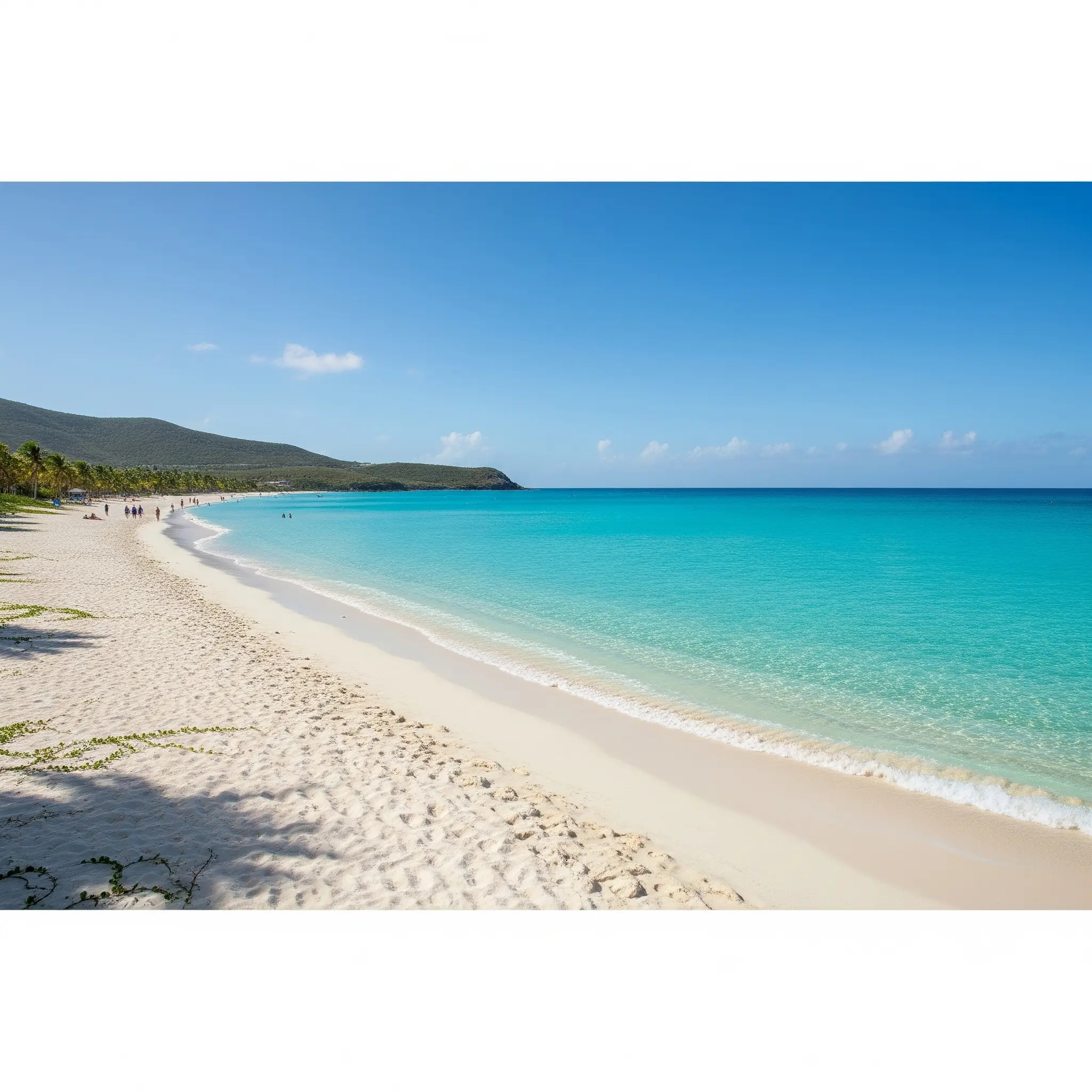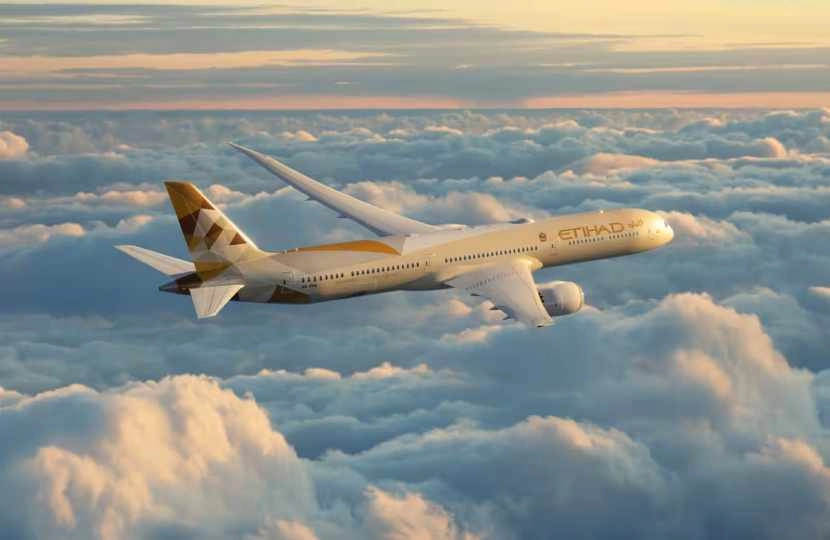Thailand Transportation in 2025 – Thailand. The name itself conjures a vibrant tapestry of sensations: the fragrant steam rising from a street food cart, the serene gaze of a golden Buddha, the electric hum of a bustling city, and the gentle lapping of turquoise water on a white sand beach. But connecting these incredible experiences is a challenge that every traveler must face: navigating the country’s wonderfully complex and beautifully chaotic transportation network.
Whether you’re a first-time visitor feeling overwhelmed or a seasoned traveler looking for the latest updates, this is your definitive guide for 2025. The landscape of Thai transport is constantly evolving. Bangkok’s metro lines are expanding, a new central rail hub has revolutionized train travel, and booking everything from a motorbike taxi to a cross-country sleeper bus has never been easier—if you know how.
This guide is built on practical, up-to-date information to help you travel smarter, safer, and more efficiently. We’ll delve into everything from mastering Bangkok’s urban sprawl to the best ways to journey between ancient cities and hop between idyllic islands. Forget the confusion; this is your key to unlocking the very best of the Land of Smiles.

Arriving in Thailand: Your First Steps on Thai Soil
Your Thai adventure begins the moment you land. Most international travelers will arrive at one of Bangkok’s two main airports, and knowing the difference is your first step to a smooth start.
Suvarnabhumi Airport (BKK) vs. Don Mueang Airport (DMK)
- Suvarnabhumi Airport (BKK): This is Bangkok’s main international gateway. If you’re flying from outside of Asia on a full-service carrier (like Emirates, Qatar, Thai Airways, etc.), you will almost certainly land here. It’s modern, massive, and directly connected to the city by rail.
- Don Mueang Airport (DMK): This is the older airport, now serving as a major hub for budget airlines across Asia. If you’re flying in on AirAsia, Nok Air, or Thai Lion Air, you’ll arrive here.
Getting from the Airport to Your Hotel: 2025 Options
Once you’ve cleared immigration, you have several excellent options to get to your accommodation.
The Airport Rail Link (ARL): The Smartest Choice from BKK
For travelers landing at Suvarnabhumi (BKK), the ARL is a game-changer. It’s fast, cheap, and bypasses Bangkok’s notorious traffic.
- Cost: 45 THB (approx. $1.25 USD) to Phaya Thai station.
- Journey Time: About 26 minutes.
- How it Works: The station is located on the basement level of the airport. The train runs from 6:00 AM to midnight. The final stop, Phaya Thai, offers a direct connection to the BTS Skytrain network, allowing you to easily reach key areas like Siam, Sukhumvit, and Silom.
Official Taxis & Ride-Sharing (Grab/Bolt)
This is the most direct door-to-door option, and the best choice from Don Mueang (DMK), which lacks a direct rail link.
- Safety First: At either airport, ignore the touts in the arrivals hall offering private taxis. Follow the signs to the official public taxi stand (usually outside on the ground floor). You’ll get a ticket from a machine and be directed to a specific, metered taxi.
- Ride-Sharing in 2025: Grab is the dominant ride-sharing app in Thailand and is extremely reliable. Bolt is a popular and often slightly cheaper alternative. Download and set up these apps before you arrive. You can use the free airport Wi-Fi to book your ride from a designated pick-up point.
- Cost: A metered taxi or Grab ride to central Bangkok will cost between 350-500 THB ($10-15 USD), including airport surcharge and potential highway tolls.
.png)
Mastering Bangkok: A 2025 Guide to the City of Angels
Bangkok is a sprawling metropolis, but its world-class public transport makes it surprisingly manageable.
The Skytrain (BTS) and Subway (MRT): The Backbone of Bangkok
The BTS (elevated Skytrain) and MRT (underground subway) are your best friends for navigating Bangkok. They are clean, air-conditioned, and immune to traffic jams.
- 2025 Network Expansion: The network has significantly grown. The recent openings of the MRT Yellow Line (connecting the eastern suburbs) and the Pink Line (in the northern areas) have made more of the city accessible than ever before. For tourists, the core Blue Line (MRT) and Sukhumvit/Silom Lines (BTS) remain the most essential.
- Ticketing: You can buy single-journey tokens, but for a stay of a few days, consider getting a stored-value Rabbit Card (for BTS) or MRT Card. This saves you from queuing for every trip. As of 2025, ticketing systems are becoming more integrated, with EMV contactless payment (tapping your credit/debit card) now available at many MRT stations.
- Pro-Tip: Use Google Maps to plan your route. It has excellent integration with the BTS/MRT systems and will tell you exactly which lines to take and where to transfer.
The Iconic Tuk-Tuk and Motorbike Taxi: For Short Hops and Thrills
No trip to Thailand is complete without a tuk-tuk ride, but it’s essential to be smart about it.
How to Ride a Tuk-Tuk Without Getting Scammed
Tuk-tuks have no meters. They are best for short distances or when you’re not in a hurry.
- Golden Rule: ALWAYS agree on the price before you get in. State your destination clearly and negotiate a firm price. A fair price is often slightly more than a taxi would cost (around 100-200 THB for a short tourist hop).
- Scam Alert: If a driver offers a very cheap ride (e.g., 20 THB) and wants to take you to a “special temple” or gem/suit shop, politely refuse. This is a common scam where they get fuel coupons or commissions for bringing tourists to affiliated stores.
Motorbike Taxis (Win / GrabBike): The Fastest Way Through Traffic
For solo travelers, motorbike taxis are the quickest way to get through gridlock. Drivers in orange vests (Win) are ubiquitous. For added safety and price transparency, use the GrabBike or Bolt feature in their respective apps. You’ll get a helmet, and the price will be fixed.
Chao Phraya Express Boat: The Waterway of Kings
The Chao Phraya River is Bangkok’s historical artery. The Express Boat is a fantastic, cheap, and scenic way to visit riverside temples like Wat Arun (Temple of Dawn), Wat Pho (Reclining Buddha), and the Grand Palace.
- Navigating the Flags: Look for the Orange Flag boat. It costs only 16 THB per trip, runs frequently, and stops at all the main tourist piers. The Blue Flag boat is a tourist-specific boat with commentary and a higher day-pass price.
.png)
Traveling Across Thailand: Connecting the Kingdom
Getting from city to city is an adventure in itself. Thailand offers excellent options to suit every budget and travel style.
By Air: The Reign of Domestic Budget Airlines
For long distances, like Bangkok to Chiang Mai in the north or to Phuket/Krabi in the south, flying is the fastest option.
- Key Players: AirAsia, Nok Air, and Thai Lion Air are the dominant budget carriers, offering dozens of daily flights from Don Mueang Airport (DMK).
- Booking: Book well in advance, especially around holidays, for the best prices. Use platforms like Agoda or Skyscanner to compare, but always check the final price on the airline’s website, as third-party sites may add fees.
- Pros & Cons: The pro is speed (a 1-hour flight vs. a 12-hour train ride). The con is missing out on the scenery and the higher environmental impact.
By Train: The Scenic, Social, and Transformed Way to Travel
Thai train travel is a classic Southeast Asian experience, offering stunning views and a chance to meet fellow travelers.
Read Also: Exploring the Wonders of Asia: Must-Visit Destinations for Every Traveler
The New Hub: Krung Thep Aphiwat Central Terminal
As of 2025, this is a crucial update. The historic Hua Lamphong station in central Bangkok is no longer the main hub for long-distance services. All long-haul Northern, Northeastern, and Southern lines now depart from the massive, modern Krung Thep Aphiwat Central Terminal (also known as Bang Sue Grand Station). It’s connected to the MRT Blue Line, making it easily accessible. This has streamlined the entire train experience.
Choosing Your Class: A Guide to Comfort
- 1st Class Sleeper: A private, air-conditioned two-berth cabin. Perfect for couples or those wanting privacy.
- 2nd Class Sleeper (AC or Fan): The most popular choice. Bunks with curtains for privacy. The AC option is highly recommended for overnight journeys. It’s comfortable, social, and a great value.
- 3rd Class Seats: The cheapest option, with wooden or padded benches and open windows. Great for short, daytime trips to experience local life, but not recommended for long hauls.
The Future is Coming: High-Speed Rail Update
While not yet fully operational for tourists, the construction of Thailand’s first high-speed rail line (in cooperation with China) is a major development. The first phase, connecting Bangkok to Nakhon Ratchasima, is well underway. While completion dates are still in the future, it signals a massive upcoming shift in Thai travel.
By Bus: The Most Comprehensive and Budget-Friendly Network
Buses go everywhere in Thailand, even to small towns where trains and planes don’t.
- VIP vs. Government Buses: For long-haul overnight journeys, it’s worth paying extra for a VIP Bus. These offer wide reclining seats, more legroom, snacks, and an onboard toilet—a significant step up in comfort from the standard government buses.
- Bangkok’s Major Terminals:
- Mo Chit 2: For destinations in the North (Chiang Mai, Chiang Rai) and Northeast.
- Ekkamai: For Eastern destinations (Pattaya, Koh Samet).
- Sai Tai Mai: For Southern destinations (Phuket, Krabi).
- Booking: For popular routes, booking online 1-2 days in advance via a platform like 12Go.Asia is highly recommended. It saves you a trip to the bus station and guarantees your seat.
.png)
Island Hopping: Reaching Thailand’s Paradises
Getting to Thailand’s world-famous islands is the final, exciting leg of the journey for many.
Ferries vs. Speedboats
- Ferries: Large, stable, and slower. They are the cheaper option and better for those prone to seasickness. They carry cars and many passengers.
- Speedboats: Faster and more expensive. The ride can be bumpy, but they can get you to your destination much quicker. This is often the only option for reaching smaller, more remote islands.
Major Hubs and Combo Tickets
The easiest way to book island travel is with a combo ticket, which includes the bus or train journey from Bangkok to the pier, plus the ferry ticket itself.
- Gulf Coast (Koh Samui, Koh Phangan, Koh Tao): You’ll travel to Surat Thani (by overnight train, bus, or flight), then transfer to a bus to the pier for a ferry from companies like Lomprayah or Seatran.
- Andaman Coast (Phuket, Koh Phi Phi, Krabi): This area is best reached by a direct flight to Phuket (HKT) or Krabi (KBV), followed by a ferry or speedboat from a local pier.
Essential Apps and Platforms for Travel in 2025
- Google Maps: Indispensable for walking directions and public transport routes.
- Grab / Bolt: Essential for ride-sharing cars and motorbikes.
- 12Go.Asia: The best platform for booking trains, buses, and ferries across Thailand. Their e-tickets are widely accepted.
- Agoda: While primarily for hotels, Agoda also has an excellent platform for booking flights and airport transfers.
Conclusion: Your Thai Journey Awaits
Thailand’s transportation network in 2025 is a fascinating blend of the old and the new. You can ride in a centuries-old boat design on one day and a futuristic elevated train the next. It’s more accessible, more integrated, and easier to navigate than ever before. With a little planning and the right tools—like the knowledge in this guide, you can move through the Kingdom with confidence and ease.
The journey is part of the destination. Embrace the chaos of a Bangkok street, marvel at the scenery from a train window, and feel the sea spray on a ferry to paradise. Your adventure awaits.

